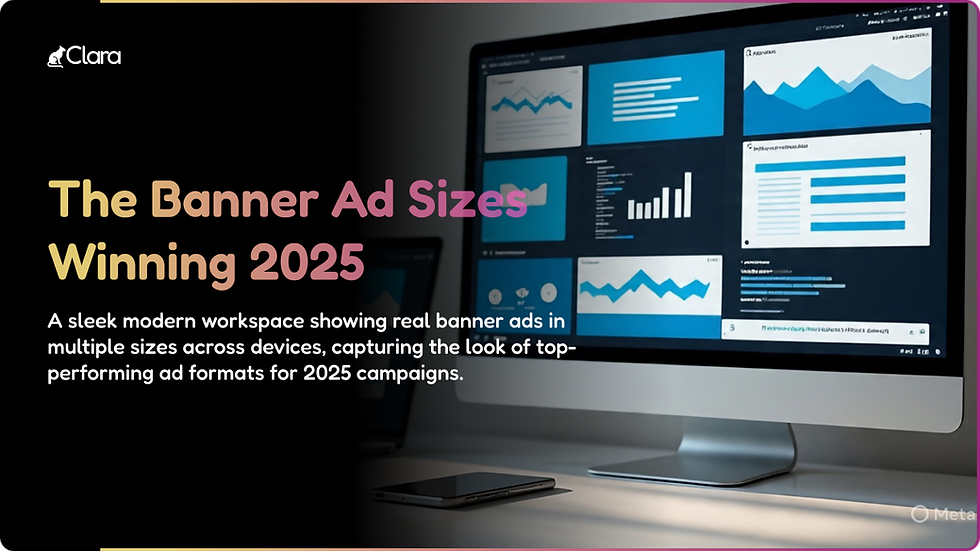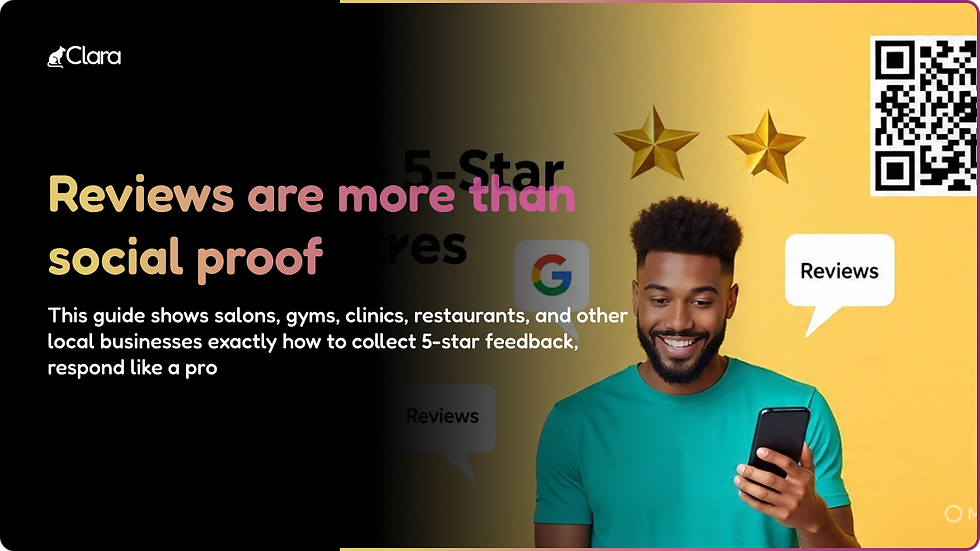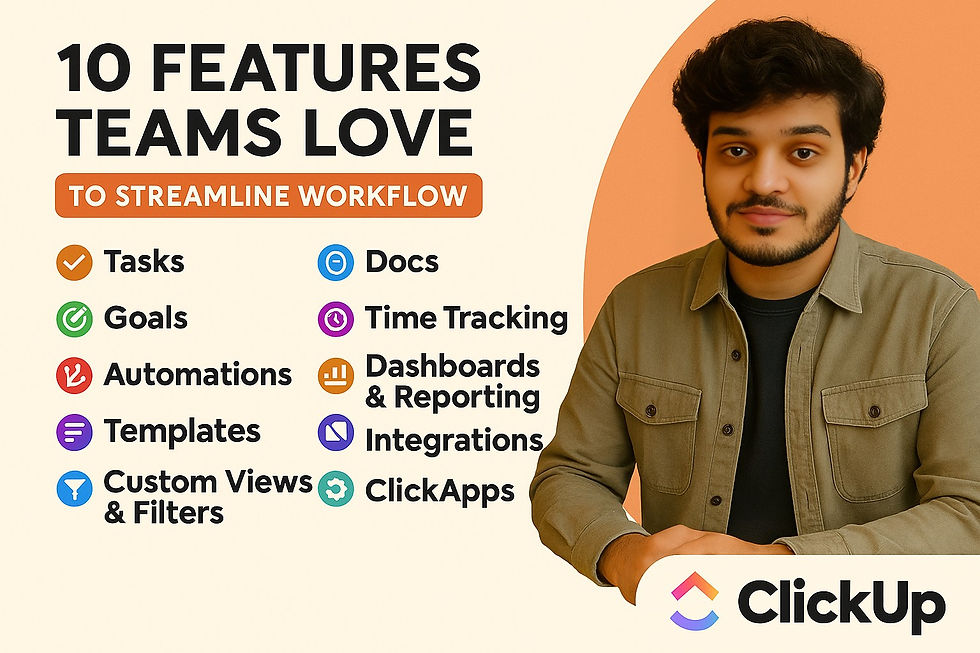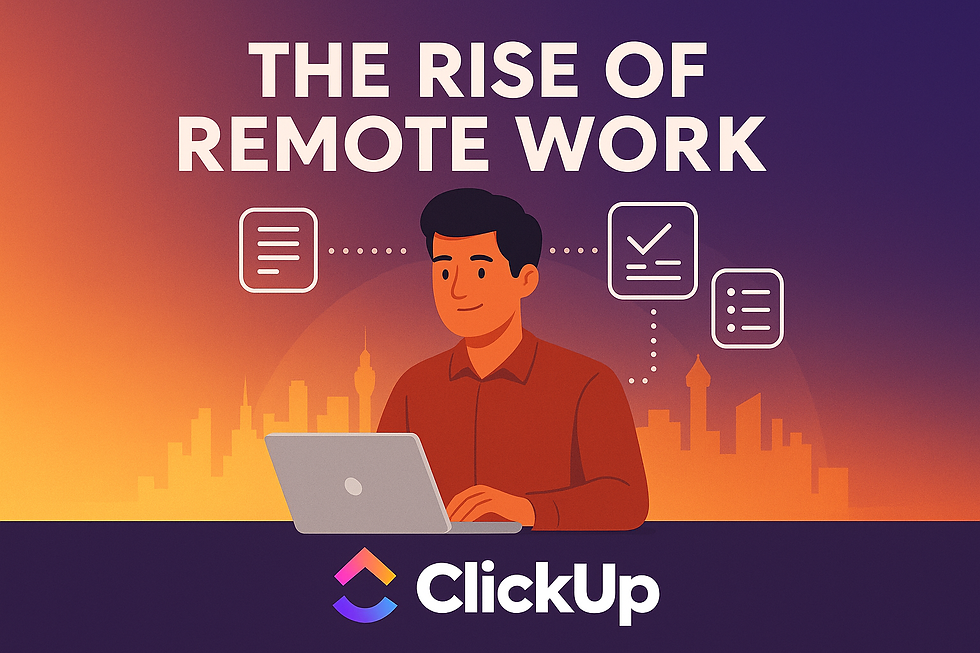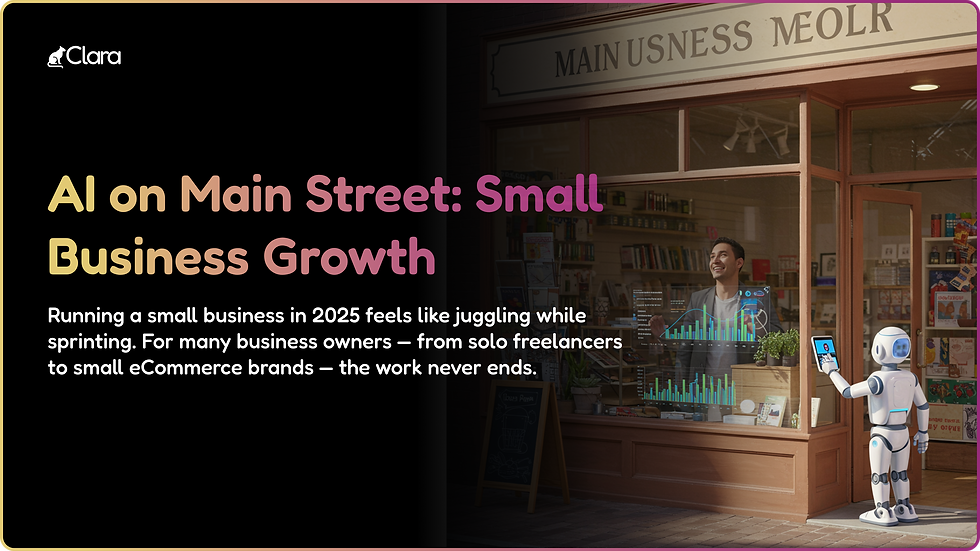- Dravya Bansal
- Mar 5, 2024
- 9 min read
Whether you’re a job applicant or someone hiring, here’s your guide to interviewing.
Absolutely, hiring the right individuals in the restaurant industry is paramount, especially considering the challenges posed by the ongoing worker shortage. Here are some effective restaurant interview questions that can help identify the best candidates:
Tell us about your previous experience in the restaurant industry.
This question allows candidates to showcase their relevant experience, including positions held, types of establishments worked in, and key responsibilities undertaken.
How do you handle high-pressure situations during busy shifts?
Working in a restaurant often involves handling stressful situations. Candidates should demonstrate their ability to remain calm, organized, and efficient during busy periods.
Can you provide an example of a time when you went above and beyond to satisfy a customer?
Exceptional customer service is crucial in the restaurant industry. Candidates should share examples of times when they exceeded customer expectations and resolved challenging situations.
How do you prioritize tasks and manage your time effectively in a fast-paced environment?
Restaurant workers often have multiple tasks to juggle simultaneously. Candidates should discuss their time-management skills and ability to prioritize tasks to ensure efficiency.
Describe a situation where you had to collaborate with team members to achieve a common goal.
Teamwork is essential in a restaurant setting. Candidates should provide examples of times when they worked collaboratively with colleagues to deliver excellent service and achieve objectives.
What do you consider the most important aspect of providing a positive dining experience for guests?
This question helps assess candidates’ understanding of hospitality and their commitment to delivering exceptional service to guests.
How do you handle constructive criticism from managers or colleagues?
Candidates should demonstrate their ability to accept feedback gracefully and use it as an opportunity for growth and improvement.
What motivates you to work in the restaurant industry?
Understanding candidates’ motivations can help assess their passion for hospitality and their alignment with the restaurant’s values and culture.
How do you ensure food safety and sanitation standards are upheld in your work?
Maintaining cleanliness and adhering to food safety protocols are essential in the restaurant industry. Candidates should demonstrate their knowledge of food safety practices and their commitment to maintaining high standards.
Why do you want to work at our restaurant specifically?
This question helps assess candidates’ research and interest in the restaurant. Candidates should be able to articulate why they are drawn to the restaurant and how they can contribute to its success.
By asking these targeted interview questions, restaurant owners and managers can gain valuable insights into candidates’ skills, experiences, and attitudes, ultimately making more informed hiring decisions.
Interview Questions for Restaurant Managers
1. It’s your busiest shift, and two of your employees don’t show up. What do you do?
JOB APPLICANTS
How to Answer: Here’s your chance to highlight your ability to be nimble and show how you can pivot when things (inevitably) go wrong. It’s also a way to demonstrate your leadership style when it comes to discipline and team management. Try to strike a balance between understanding that mistakes happen — for example, people mix up their shifts or write down the time incorrectly — and holding people accountable. It’s important to remind your staff how their actions impact other team members and the customer experience.
Example Answer: “Clear communication with my employees from day one is essential, and when my staff can’t make it into a shift, I expect them to let me know. I like to maintain an on-call list when I’m scheduling shifts to have backups in place. If I’ve exhausted that list with no success, I’ll step in to cover responsibilities during the shift. My job is to also keep morale up with my staff who did show up and may be feeling stretched thin. In terms of addressing the issue with the no-show employee, I would contact them to find out what happened. If they simply blew off the shift (and they have a history of unreliability), then termination may be appropriate. Obviously, extenuating circumstances that we cannot control may have taken place, so meeting those situations with compassion is key.”
HIRING MANAGERS
What to Look For: Staffing issues are inevitable, and managers must be quick on their feet to ensure they don’t disrupt the guest experience. This question allows them to show how they would address no-shows and provides a glimpse at their leadership style. Applicants for manager-level roles should either have experience navigating this issue or experience helping their own manager navigate it.
Red Flags: Be wary of applicants who downplay the issue and make it sound too easy to manage. Also pay attention to how they would handle the employees who didn’t show up. If they seem like they would rule with an iron fist — or be too timid and non-confrontational — it may not fit with your team culture.
2. How would you react if you were told that your team wasn’t hitting their food & beverage sales numbers?
JOB APPLICANTS
How to Answer: Approach this question with curiosity, and dig into WHY the numbers aren’t being achieved. Getting to the root of the issue not only helps you craft your answer but also helps you handle this situation in real life.
Example Answer: “I’d start by asking a few questions to better understand where the gaps are coming from. Are certain menu items underperforming? Is the team trained on upselling? Do we need to increase the number of customers we’re serving? My approach will depend on what I uncover. If particular dishes aren’t selling super well, I’d consider experimenting with promotions and specials to see if we can move the needle there. Setting up monthly training sessions on upselling with my team to keep us sharp and experienced on the practice might be another avenue to consider. If we need to drive more orders, I’d look at things like optimizing menu item descriptions and adding new or updated food photography to our online ordering page.”
HIRING MANAGERS
What to Look For: A good response should demonstrate the ability to solve complex problems. The applicant should know that this question is hard to answer without more information, and their thought process should begin by asking questions. In particular, they should start by asking where they missed their numbers, which is the first step to determining why they missed their numbers. From there, they can start to answer how they would address the issues. It would be great if they added an example, but even walking through a process like that is a good sign.
Red Flags: It’s an issue if your candidate responds with a “blanket answer” — something that doesn’t suggest they want more information. For example, if they say they would call a staff meeting, tell everyone performance is struggling and give them a pep talk, it’s a sign they’re not ready for a leadership role. Certain issues might call for a solution like that, but you can’t solve inventory issues with a pep talk. Look for candidates to demonstrate experience, or at the very least, a sharp problem-solving instinct.
3. Your #1 employee says they’re considering another opportunity. How do you respond?
JOB APPLICANTS
How to Answer: Talk through your strategy for keeping this particular employee but also share your wider thoughts on employee retention. People leave jobs for a variety of reasons: a better work-life balance, a more supportive environment, more pay, better benefits. Understanding (and tracking) why your employees are leaving can help you make changes that can retain them.
Example Answer: “I would ask this employee what’s making them consider the other opportunity. If it’s the pay, I’d look into increasing their pay to exceed the other offer. If it’s my management style, I would ask for feedback on where I can improve to better support them. I’d also use the moment to assess overall satisfaction on my team. It’s a good reminder that evaluating competitive pay and advancement opportunities on a periodic basis can help create lower turnover.”
HIRING MANAGERS
What to Look For: A good answer should explain how the candidate would persuade this employee to stay — but it should also note the importance of applying what they learned to prevent other employees from leaving.
Red Flags: A bad answer to this question jumps to solutions before seeking to understand the problem. It’s also a bad sign if the applicant doesn’t mention future employee retention. If they treat one employee leaving as a one-employee issue — rather than a catalyst that could cause other employees to leave, or a chance for self-improvement — it suggests they don’t see the full picture.
Interview Questions for Restaurant Servers & Bartenders
1. Tell me about a time when you delighted a customer.
JOB APPLICANTS
How to Answer: A memorable restaurant experience leads to repeat diners and ultimately drives more revenue, so knowing how to create an unforgettable time is a key skill to have.Show how you’re proactive in delivering great customer service with specific details.
Example Answer: “In my previous position, I built a relationship with this one couple that used to come in all the time. I knew details about their family and lives, and of course their favorite types of food and drink — which helped me recommend things I thought they would like. I work to incorporate this level of hospitality into my work every day.”
HIRING MANAGERS
What to Look For: Experienced front-of-house candidates should have multiple stories like this at the ready. Pay attention, too, to how they tell it. People have different communication styles, but you need to at least detect some degree of passion and excitement for delighting guests.
Red Flags: If they struggle to recall a time they delighted a customer — or only times they met expectations — that’s an issue. Make sure their answer touches on things they did to delight guests. If the story is all about how much a guest loved his food, it’s really the kitchen who delighted them.
2. How would you manage a customer who can’t be served more alcohol? Walk me through what you’d say.
JOB APPLICANTS
How to Answer: This question is not just asking you about handling inebriated customers. It’s trying to determine how much experience you have in the sticky situations this business entails, and how well you’re able to leverage that past experience into a resolution.
Example Answer: “Navigating a situation like this can be tricky, but here’s what’s worked for me in the past. I keep the conversation light and friendly and offer the customer a water. My goal is to be polite and stay calm but also show authority. I usually say something along the lines of ‘I’d like to see you drink this water and then we’ll talk about another drink.’ I try to keep it low-key to minimize embarrassment. If things escalate, I’ll consult with my manager to see if they need to step in.”
HIRING MANAGERS
What to Look For: This a test to see how the candidate would handle one of the hardest parts of their job: hospitably telling a customer something they don’t want to hear. Pay attention to how they balance confidence and professionalism with empathy and friendliness. A top applicant should be able to accomplish both.
Red Flags: A good answer to this question is all about balance. If the applicant says they would simply “lay down the law,” they may be more bluster than experience. If the applicant looks uncomfortable and says they’ll ask the customer to stop ordering drinks — rather than telling them they can’t — they may not be fit to maintain decorum in your dining room.
3. A customer is not happy about their order. How do you handle?
JOB APPLICANTS
How to Answer: Explaining how you will connect with the customer is crucial here — after all, everyone wants to feel heard. Talk about how you’ll own the mistake and share steps to correct the problem.
Example Answer: “I understand the importance of delivering a great customer experience, and sometimes we don’t get it right. When that happens, I like to hear firsthand from the guest on what occurred so they feel like they’re able to tell their side of the story. Then, I apologize for the issue and let them know we’re working to fix it. Sometimes that means sending out a new order that’s comped or offering a free dessert. Depending on how severe the issue was, an entire comped meal or gift card may be more appropriate. In that case, I would make sure to get my manager’s approval before moving forward.”
HIRING MANAGERS
What to Look For: A good answer displays empathy and accountability. The customer isn’t always right (as seen in the question about getting cut off from alcohol), but in this case they are rightfully upset, and the applicant should acknowledge that. Their response should take ownership for the error and believably apologize for the inconvenience.
Red Flags: Any answer that fails to address the customer’s needs is insufficient. It’s not as simple as apologizing and resending the order; they need to acknowledge the customer’s perspective, and explain why they feel compelled to make it right. On the flip side, be careful with applicants who say they would “offer anything they can to make the customer happy.” They should know that expensive “make goods” require management approval.
If Are you tired from daily Business mess
We invite you for a Coffee, and will help you to solve your problems






